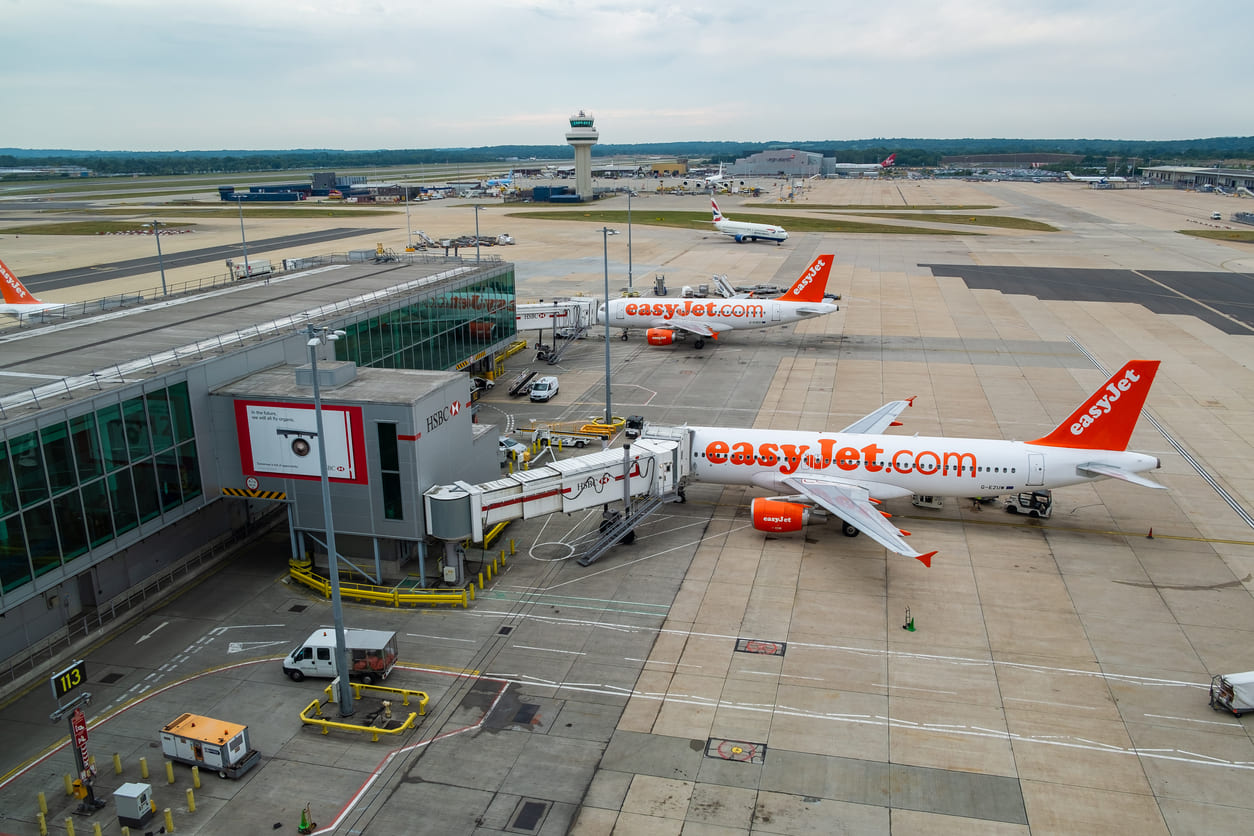| Gatwick Airport |
|---|
| Country: | United Kingdom |
| Constituent Country: | England |
| IATA Code: | LGW |
| Elevation: | 62m |
| Current time: |
08:58:08 Thu, 17 Jul 2025
|
Gatwick Airport (LGW) is one of the busiest international airports in the UK, located south of London. It serves as a major hub for both long-haul and short-haul flights, connecting millions of passengers to destinations worldwide.
Gatwick Airport: A Gateway to the World
Gatwick Airport, also known as London Gatwick Airport (IATA: LGW), is one of the busiest and most important international airports in the United Kingdom. Located approximately 30 miles south of Central London, it serves as a critical transportation hub for millions of passengers annually. Its accessibility and wide range of destinations make it a preferred choice for both leisure and business travelers. Gatwick's strategic location also places it near key towns such as Crawley, Horley, and Brighton, further enhancing its regional significance.
Established in 1930, Gatwick Airport originally operated as a small airfield. Over the years, it grew in size and importance, gaining its first commercial license in 1933. The airport underwent significant redevelopment in the 1950s to accommodate the growing demand for air travel. By the 1960s, Gatwick had emerged as a major competitor to Heathrow, handling increasing volumes of both domestic and international flights. It has since expanded its facilities to include two terminals, North and South, and continues to evolve to meet modern aviation needs.

Current Operations and Nearby Areas
Today, Gatwick Airport operates flights to over 200 destinations worldwide, making it one of the most connected airports in Europe. It is a hub for both full-service and low-cost airlines, supporting long-haul and short-haul routes. The airport is renowned for its efficiency and passenger-focused services, ensuring a seamless travel experience for millions of visitors each year.
The airport's proximity to London enhances its appeal, providing a convenient option for travelers heading to the capital. Additionally, nearby towns such as Crawley and Horley benefit economically from the airport's presence, with local businesses and residents depending on its connectivity and employment opportunities. Brighton, a major seaside city, is also easily accessible, making Gatwick a key link for both urban and coastal destinations.
Significance and Economic Impact
Gatwick Airport is vital to the UK's aviation network and economy. It is a gateway for international tourists, boosting London's and the South East's tourism industry. The airport also supports global business connections, facilitating trade and investment through its extensive flight network.
Gatwick contributes significantly to the regional economy by employing thousands of people directly and indirectly. Its infrastructure investments and operational efficiency have set benchmarks for other airports globally. Furthermore, Gatwick is committed to sustainability, implementing initiatives to reduce its environmental footprint and enhance operational resilience.
From its humble beginnings as a small airfield to its current status as one of the world's leading airports, Gatwick Airport remains a cornerstone of the UK's transport infrastructure. Its ability to adapt to changing demands while maintaining its high standards ensures its ongoing importance for travelers and the economy alike.
Nearby Airports
- London Biggin Hill Airport, BQH (About 26 km)
- Shoreham Airport, ESH (About 36 km)
- London Heathrow Airport, LHR (About 41 km)
- London City Airport, LCY (About 43 km)
- Blackbushe Airport, BBS (About 50 km)